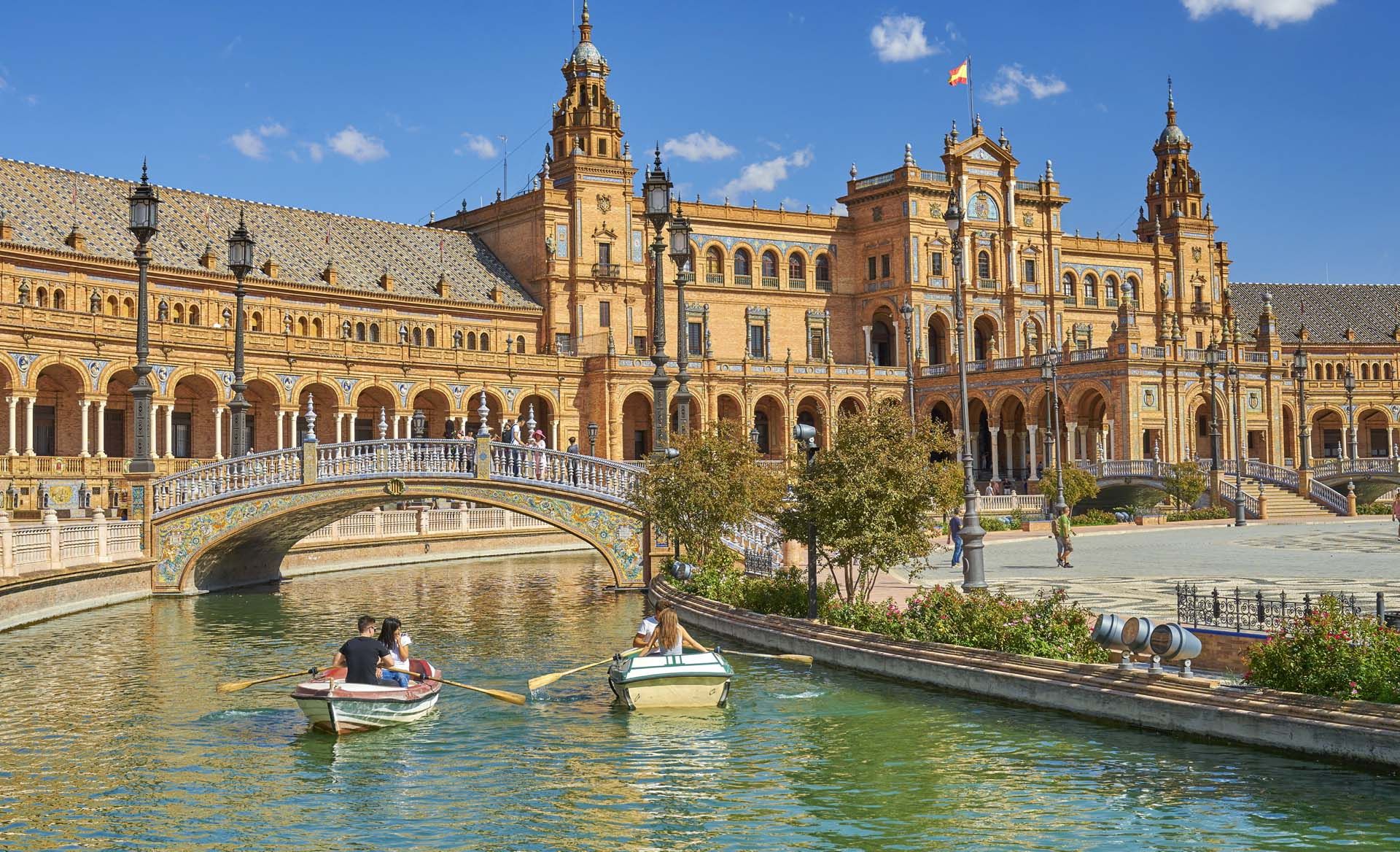Day 7: Transfer from Madrid to Córdoba
Day 7 will see you transfer from Madrid to Córdoba.
Located south of Madrid in the region of Andalusia, your one-night stay in the city will see you explore UNESCO-designated treasures and eat like a king.
Travel time: 1 hour 45 minutes by train
Begin your afternoon at the Mezquita-Catedral de Córdoba, the city’s most iconic landmark and a UNESCO World Heritage Site.
This former mosque-turned-cathedral features breathtaking architecture, including its signature red-and-white striped arches, intricately designed mihrab, and stunning Renaissance nave.
Next, stroll he charming streets of the Jewish Quarter (Judería). Explore its narrow lanes, whitewashed houses adorned with colorful flowers, and cultural highlights like the Córdoba Synagogue, one of the few remaining medieval synagogues in Spain.
For a tranquil escape, visit the Alcázar de los Reyes Cristianos, a historic fortress of gardens, fountains and towers.
As evening falls, head to the Roman Bridge — a beautiful spot from which to watch sunset over the Guadalquivir River.
Where to stay in Córdoba
Wondering where to stay in Córdoba? The Judería — part of Córdoba’s UNESCO World Heritage Site — is ideal for first-time visitors.
Staying in this area puts you close to the city’s top attractions, including the Mezquita-Catedral, Alcázar de los Reyes Cristianos and the Roman Bridge.
Talking of which, if you want something more peaceful, consider staying near the Guadalquivir River. Places here offers picturesque views, and easy access to the historic center via the Roman Bridge.
For a chamming stay, we especially recommend ApartaSuites Alberca Deluxe — a traditional-style house in Cordoba’s historic center.
Planning to explore more of the region? Read up on the best places to stay in Andalucia.













